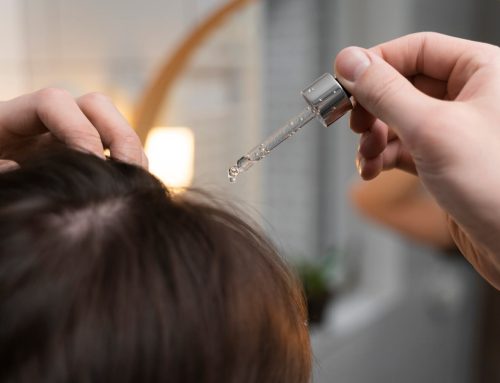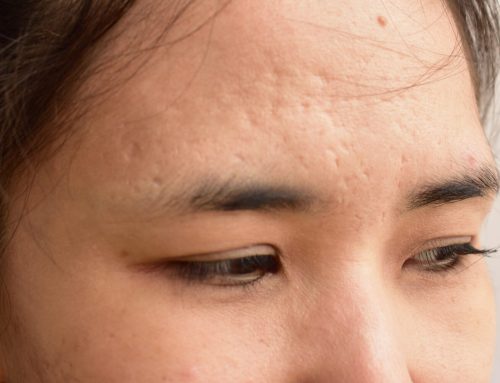Acne is an inflammatory skin condition that can leave permanent scars, but the vast majority of these are caused by not treating the condition in time.
When these after-effects do occur, one of them is the formation of spots known as post-inflammatory pigmentation, which can be time-consuming to treat. One of the procedures used to treat them is chemical peels.
Peelings to treat acne spots
Chemical peels consist of the application of a chemical substance to the skin with the aim of desquamating the stratum corneum, normalising the epidermis and inducing a remodelling of the skin that improves it. Among the best known are
- Glycolic acid (GA): has a keratolytic effect (exfoliates and removes dead cells) and also promotes epidermal turnover of the superficial layers of the skin. It has anti-inflammatory and antioxidant properties and lightens shallow blemishes.
- Salicylic Acid: has a keratolytic effect that improves blemishes and uneven skin tone. It is also liposoluble (it dissolves in fat), so it easily penetrates the pores to remove impurities and reduce excess oil. This makes it ideal for treating acne and post-acne blemishes.
- Trichloroacetic acid (TCA): helps to renew the skin faster than glycolic acid, according to studies. In addition, this type of acid can be placed at higher concentrations and induce a deeper peel in a localised and punctual manner, without damaging the peripheral skin.
Factors to take into account before and after a peel
Skin phototype is one of the main risk factors when performing a peel, with post-inflammatory hyperpigmentation being more likely in high phototypes (brown skin). Especially in this case, it is advisable to prepare the skin beforehand or to perform more gentle peels in more sessions for greater safety.
Pre-preparation is done with topical retinoids 3-4 weeks before the peel. The combination of peeling with retinoids has multiple benefits:
- It improves results by reducing the risk of complications.
- It accelerates skin regeneration.
- It helps to reduce melanin synthesis, blemishes.
Another depigmenting agent is kojic acid, which helps reduce the appearance of spots by blocking the enzyme that activates them. Phenol, on the other hand, is used in deep peelings to treat wrinkles and spots, but can also be used in low concentrations with other ingredients.
Finally, it is important to use sunscreens for after-treatment and maintenance.
It is now very common to combine chemical agents in ready-to-use products to improve the success, tolerability and efficacy of chemical peels.
Chemical peels remain a safe and effective tool for improving various aesthetic skin conditions. To improve the results and avoid possible complications associated with peeling, it is essential to know the appropriate indications, to give the patient realistic expectations and to master the peel application technique.



